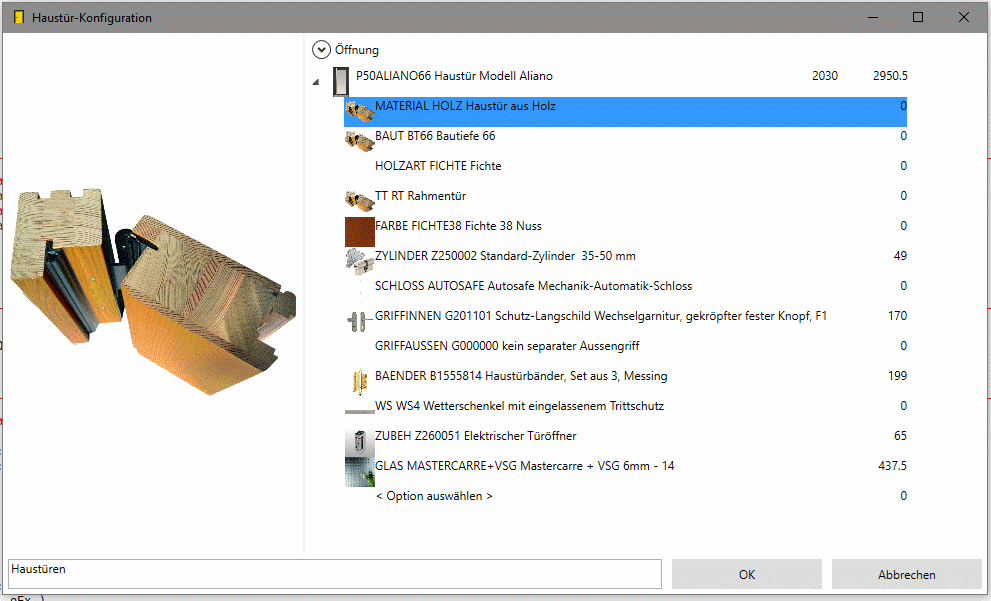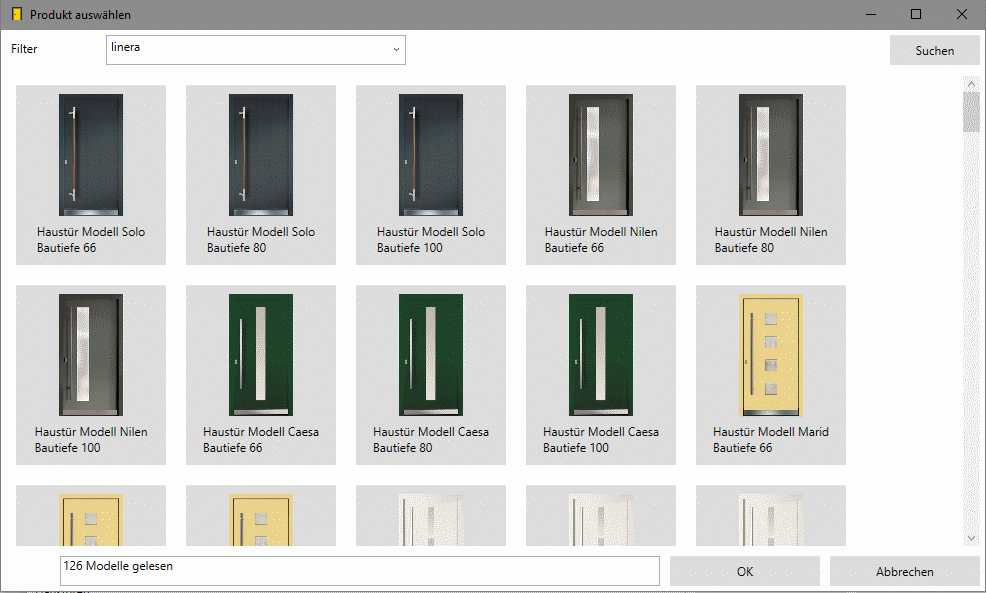This software is part of a complex software solution that includes a Visual Objects program and a third-party Visual Basic program. The "Door Configurator" component is responsible for selecting doors, their components, and optional features.
The configuration data, wich the software relies on, is stored in a complex Excel file with multiple sheets. This data is imported into a SQLite database by another X# program using the free EPPlus .NET component.

PConfig is written entirely in X# code, using XIDE, and following MVVM principles. In addition to importing data from the Excel sheet, it can export all text from the configuration database to another Excel sheet and import descriptions in Italian, English and French. The software can also convert images from a folder to the format needed for the program and create bitmaps for RAL colors.
Here is a view of the source with a partially expanded folder:

The Door Configurator itself is written entirely in X# code using XIDE, along with a few custom controls. One of these is a TreeView, where the options are displayed and can be modified with a double-click or by pressing Return:

The window itself is a XAML window defined in code and is fully adjustable to accomodate different screen sizes and resolutions. The options can be configured in a separate window, where the main control is a custom user control featuring a WrapPanel and subclassed pushbuttons. All controls are fully data-bound, adhering to MVVM principles:

The door models itself can be configured in a similar window, with both window types sharing a common parent class:

As for the main screen, this window is fully resizeable and adjustable to different window sizes:

The Door Configurator itself does not directly access the database. Instead, all configuration logic and database access are encapsulated within a DLL that is loaded at runtime. There are future plans to use this configuration DLL to build a web service for a potential web-based or mobile app configurator.
In the XIDE project tree, you can again how the program is structured, with partially expanded items:

To give an overview, the project consists of 155 PRG files totaling 450 KB, not including the base DLLs used across all projects (another 104 PRG files totaling 220 KB). All of the code is handwritten, with no code generated by any tools.


Can you give me some business details (how to get or buy source code ..)
unfortunately I cannot sell the source code, but I have plans to publish the underlying application libraries as free samples this year.
Wolfgang